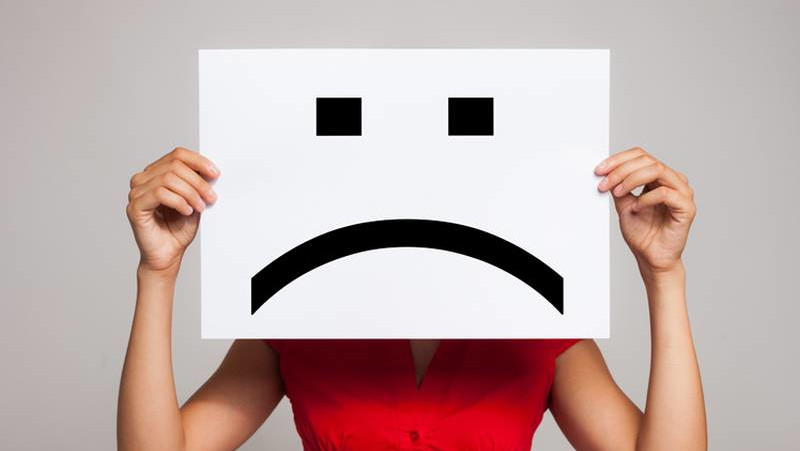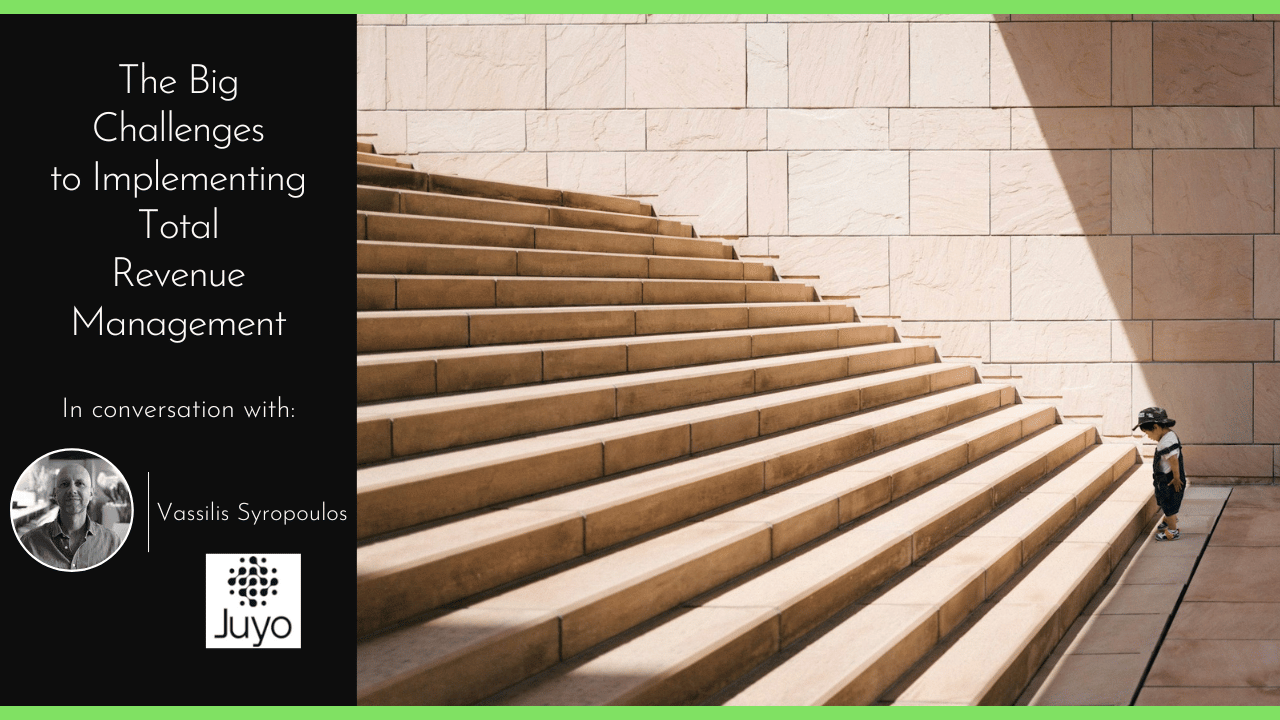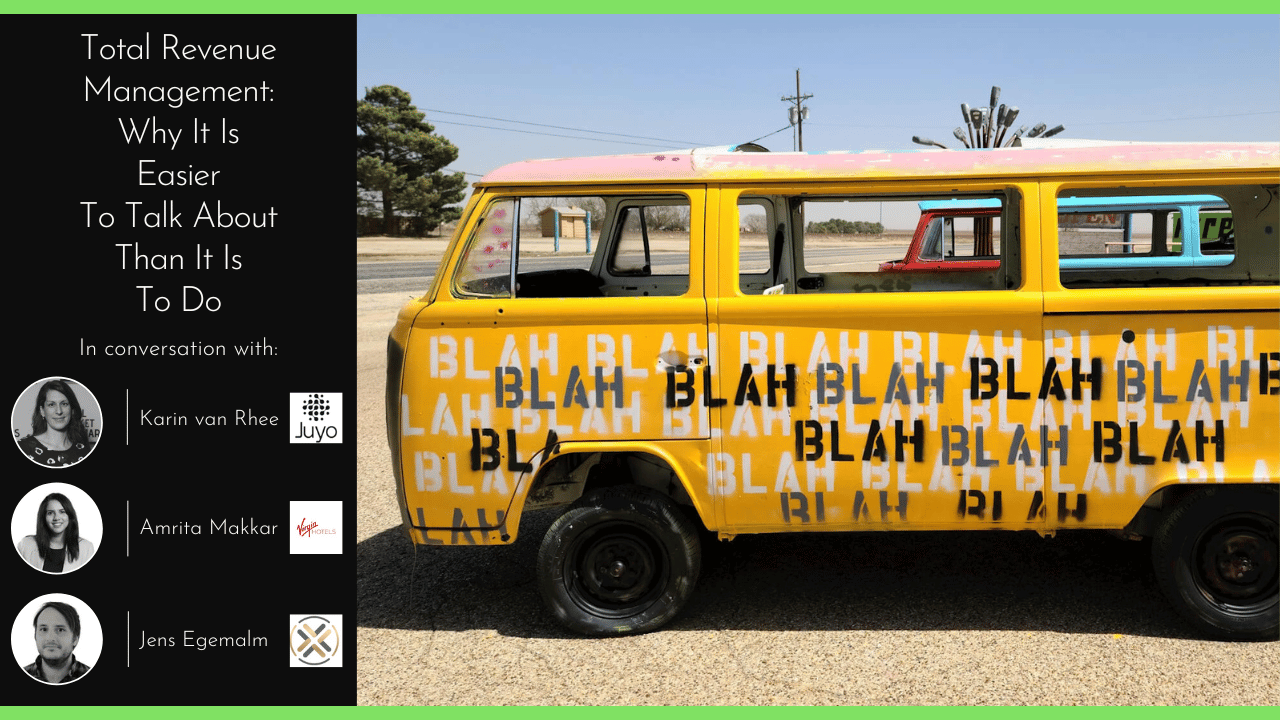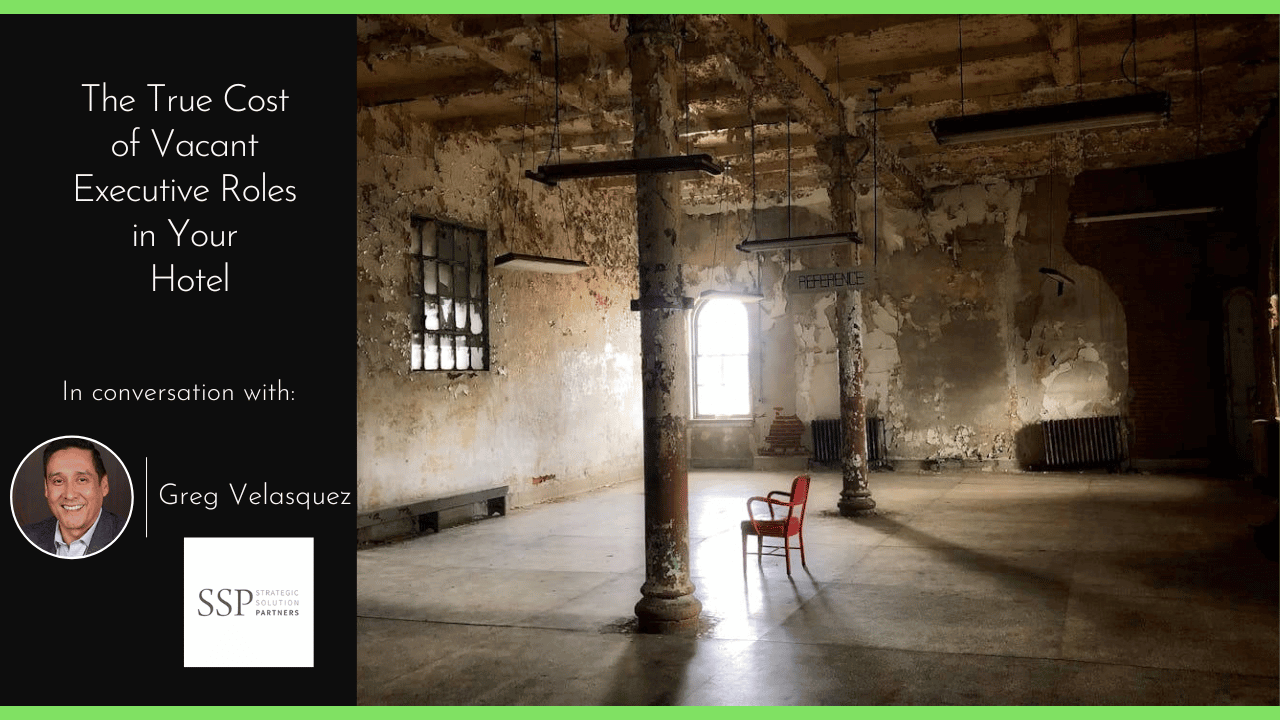
While the hotel industry has said Airbnb isn’t as big a threat to their business as some may think it is, a new report from Morgan Stanley Research suggests otherwise.
The report, called “Who Will Airbnb Hurt More — Hotels or OTAs? … One Year Later,” used survey data collected from more than 4,000 consumers in the U.S., UK, France, and Germany to demonstrate the competitive threat of Airbnb to both hotels and to online travel agencies (OTAs).
That threat, says Morgan Stanley Research, is greatest for hotels because “Airbnb usage has increased more than we thought it would and cannibalization of traditional hotels has also been higher.”
Brian Nowak, executive director of Morgan Stanley Research, wrote in the report: “Our AlphaWise survey shows rising Airbnb adoption (now approximately 18 percent of travelers) with demand increasingly coming from hotels.” He added, “While still small, we believe Airbnb has been almost double the threat to hotels in 2016 than previously believed, and the threat is growing.”
It should also be noted, however, that Morgan Stanley is an investor in Airbnb, and in December, Airbnb bought back approximately $94 million in stock from the investment company. While this report, in particular, was drafted to provide investment guidance on lodging and online travel agency stocks for its investors, it’s still worth noting that Morgan Stanley still has a financial stake in the success of privately owned Airbnb, which is now valued at more than $30 billion, based on money raised.
Airbnb vs Hotels
Looking at data collected in 2015 and 2016, Morgan Stanley noted a significant increase in the number of travelers who have used Airbnb in the last 12 months. In 2015, only 15 percent of leisure travelers surveyed had used Airbnb in the last 12 months, while in 2016, that number rose to 19 percent. Morgan Stanley predicts that number to rise to 25 percent in 2017. For business travelers, only 12 percent had used Airbnb in the last 12 months in 2015, versus 18 percent in 2016, and in 2017, Morgan Stanley predicts that number will jump to 23 percent.
Read rest of the article at Skift




